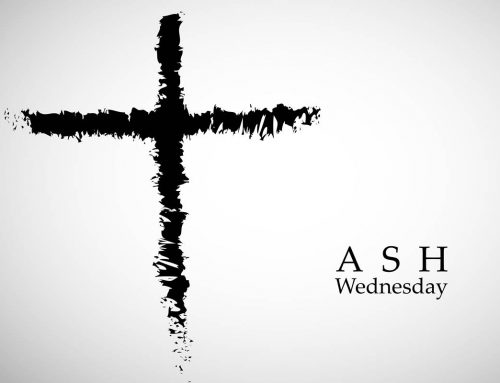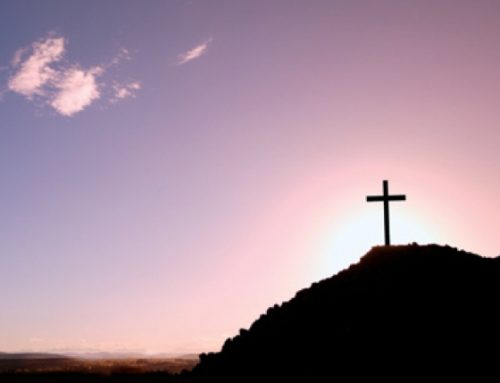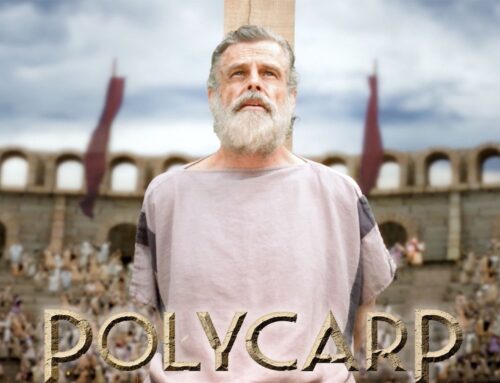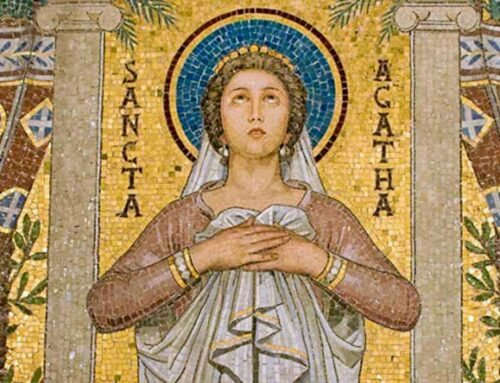Callista is an arresting picture of Christian commitment under trial in the third century A.D. John Henry Newman’s novel follows the moral and spiritual development of three very different characters caught up in the mysterious processes of divine Providence, who all fulfill their destinies through suffering and self-sacrifice. The Greek sculptress Callista, an exile from her native island in the Sea of Marmara, serves the cause of paganism by fashioning images of the gods. Agellius, her suitor, rediscovers his Christian duty and vocation in the terrifying circumstances in which he finds himself, while his brother Juba struggles to overcome his own passions and inner torment.
Callista is an arresting picture of Christian commitment under trial in the third century A.D. John Henry Newman’s novel follows the moral and spiritual development of three very different characters caught up in the mysterious processes of divine Providence, who all fulfill their destinies through suffering and self-sacrifice. The Greek sculptress Callista, an exile from her native island in the Sea of Marmara, serves the cause of paganism by fashioning images of the gods. Agellius, her suitor, rediscovers his Christian duty and vocation in the terrifying circumstances in which he finds himself, while his brother Juba struggles to overcome his own passions and inner torment.
Far from being tied to the past, Newman’s novel challenges the assumptions of the modern reader in unexpected ways. More perhaps than his major works, Newman’s fiction reveals the contours of his imaginative life, the range and power of his prose writing, and the wider literary culture which he so often subordinated to his higher vocation or the demands of controversy. Callista’s picture of the Christian venture of faith, so close to Newman’s own, and the setting in his beloved church of the Fathers in Roman North Africa, make it one of his most characteristic works. Callista is an important text for understanding Newman’s lifelong vocation as a Christian apologist, and the importance for him of the early Church.







Leave A Comment
You must be logged in to post a comment.